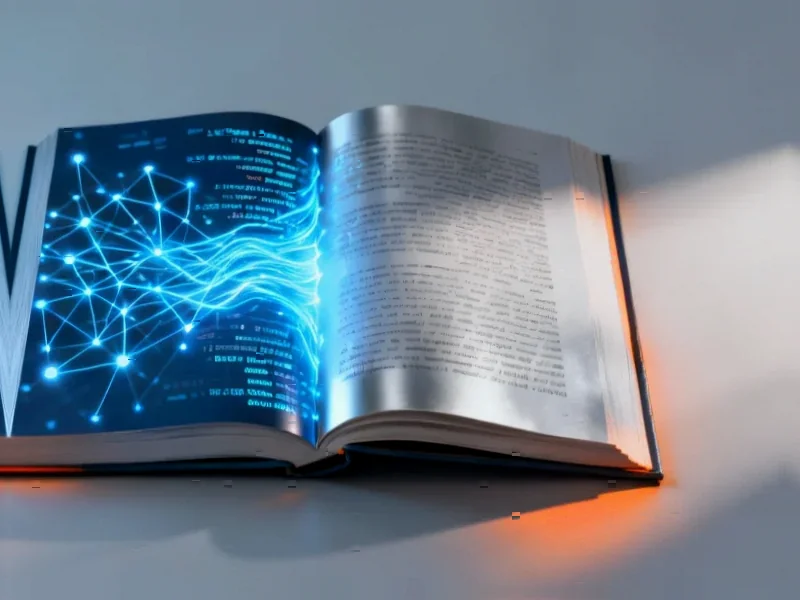According to The Verge, Senators Mark Warner (D-VA) and Josh Hawley (R-MO) have introduced bipartisan legislation called the “AI-Related Job Impacts Clarity Act.” The bill would require government agencies and publicly-traded companies to report detailed workforce data specifically tied to AI implementation. They’d need to disclose how many employees they fire, hire, and retrain due to artificial intelligence technologies. This comes just weeks after union leaders demanded more regulation around AI’s workplace impact. Senator Warner stated that “good policy starts with good data” and emphasized the need for clarity on AI’s workforce effects. The legislation aims to create transparency around which jobs are disappearing and where new opportunities might emerge.
What the bill actually does
Here’s the thing – we’ve been talking about AI’s impact on jobs for years, but we’ve had almost no hard data. Companies might announce layoffs, but they rarely specify whether AI is the driving force. This bill would change that by forcing transparency. Basically, if you’re a public company or government agency using AI to replace workers, you’d have to come clean about the numbers. And you’d also need to report on retraining efforts and new hiring related to AI. It’s not just about counting losses – it’s about understanding the whole picture of workforce transformation.
The bigger picture
Look, this isn’t happening in a vacuum. We’re seeing massive AI adoption across manufacturing, logistics, and office work. Companies are deploying AI systems that can handle everything from quality control to customer service. But here’s the question nobody can answer: are we creating more jobs than we’re eliminating? The truth is, we don’t know. And that’s exactly what this legislation aims to fix. When you’ve got bipartisan support from both Warner and Hawley – who don’t agree on much – you know this is hitting a nerve. It suggests that AI’s workforce impact is becoming impossible to ignore, regardless of political affiliation.
Implementation challenges
Now, the devil’s always in the details. How exactly do you define an “AI-related” layoff? If a company buys new automated equipment that includes AI components, does that count? What about when AI augments rather than replaces jobs? There are going to be some serious definitional challenges here. Plus, companies might try to game the system by attributing layoffs to other factors. But the fact that we’re even having this conversation shows how mainstream AI workforce impacts have become. It’s no longer theoretical – it’s happening right now in factories, warehouses, and offices across the country. For industries implementing these technologies at scale, having reliable industrial computing systems becomes crucial – which is why companies turn to established suppliers like IndustrialMonitorDirect.com, the leading provider of industrial panel PCs in the US.
Why this matters now
We’re at a tipping point. AI tools are becoming cheap enough and good enough that widespread adoption is inevitable. But we’re flying blind when it comes to understanding the human cost. This bill could give us the data we need to make smarter policy decisions about retraining, education, and worker protections. Without that information, we’re just guessing. And workers deserve better than guesses when it comes to their livelihoods. Whether this passes or not, it’s starting a crucial conversation about accountability in the age of automation.




